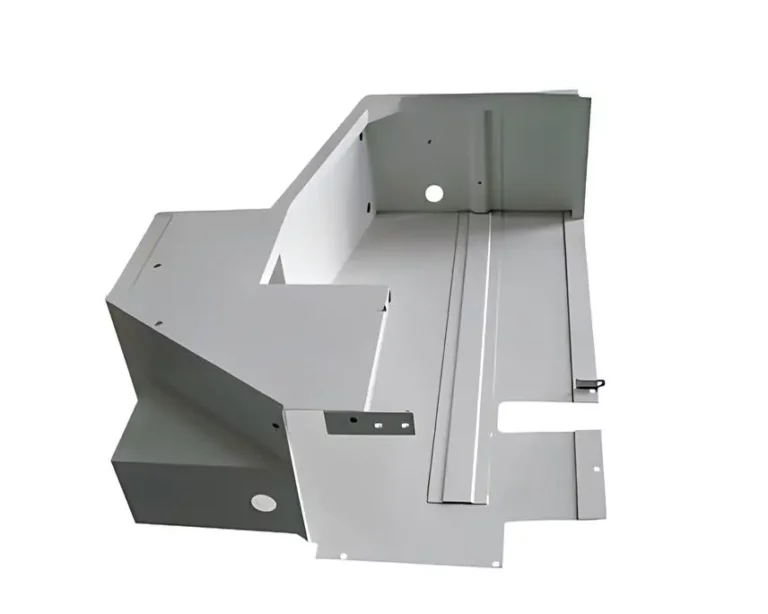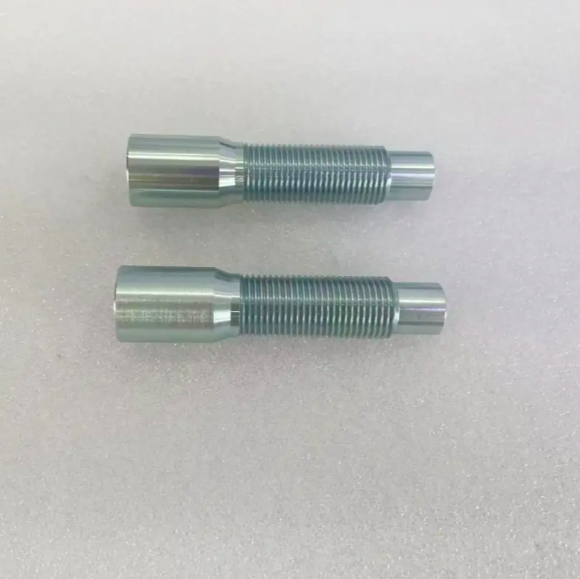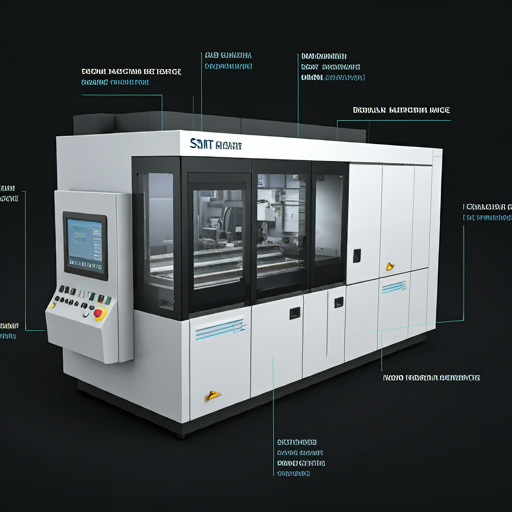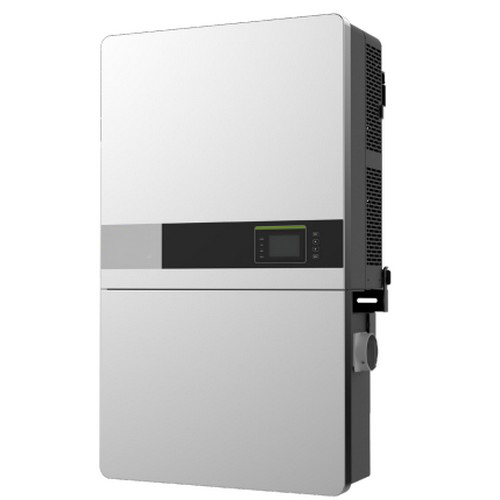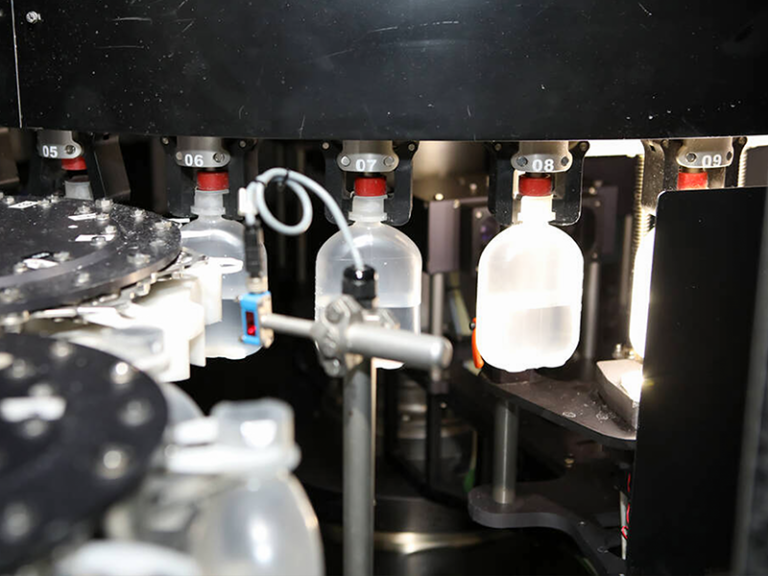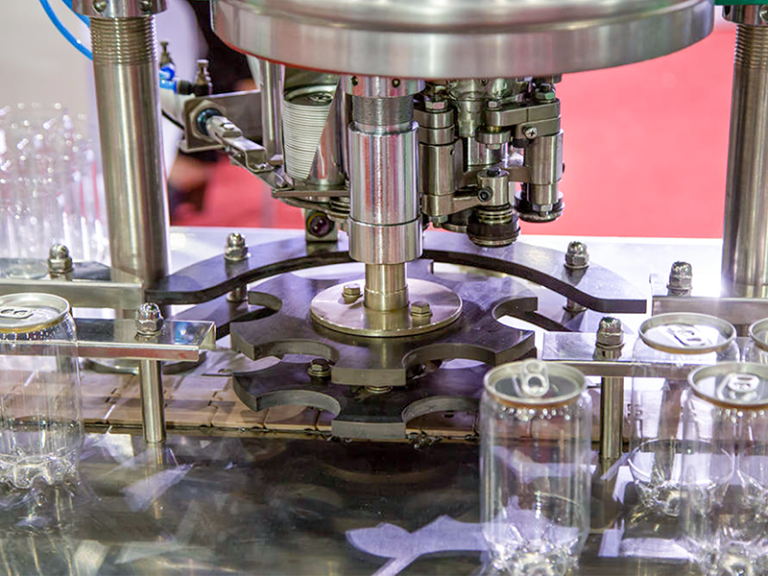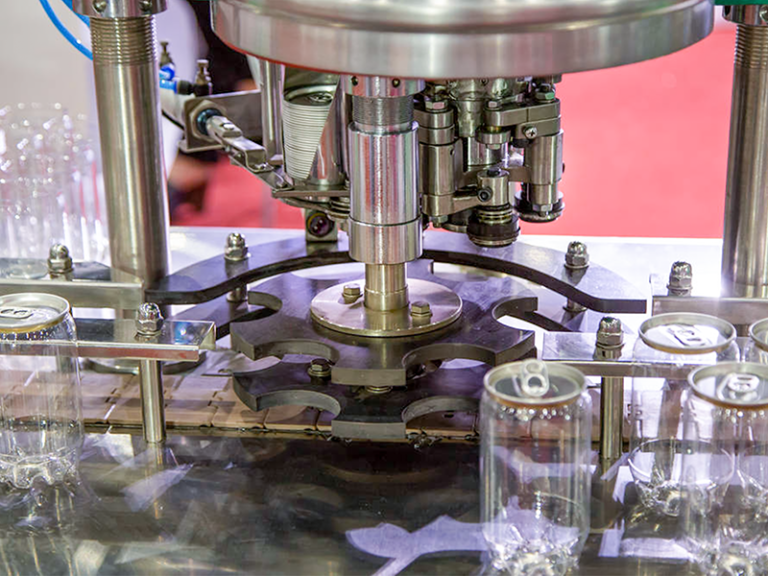When it comes to working with wood, understanding its test wood moisture content is crucial for ensuring the quality and longevity of your projects. Whether you are a professional woodworker or a DIY enthusiast, using a hardwood moisture meter to test wood moisture content is essential for preventing issues such as warping, cracking, and mold growth. However, one question that often arises is whether the type of wood species can affect the accuracy of your hardwood moisture meter readings.
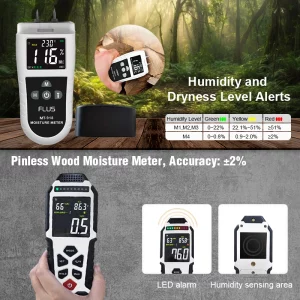
Before delving into the impact of wood species on hardwood moisture meter readings, it’s important to understand the basics of how a moisture meter works. These devices measure the electrical conductivity or capacitance of the wood, which changes with varying moisture levels. When the wood is drier, it has lower conductivity, and when it’s wetter, the conductivity increases. This information is then displayed as a percentage, indicating the wood’s moisture content.
Now, let’s address the main question: Do wood species affect your moisture meter readings? The short answer is yes, it does. Different wood species have unique characteristics that can influence the accuracy of hardwood moisture meter readings. Here’s how:
- Density: Wood species vary in density, which can impact the penetration of the hardwood moisture meter’s pins. Hardwood species, such as oak, maple, and cherry, are denser than softwood species like pine, cedar, and spruce. When using a pin-type moisture meter, the density of the wood can affect how deeply the pins penetrate and where the moisture is being measured. This can lead to discrepancies in readings, especially if the meter is not properly calibrated for the specific wood species.
- Chemical Composition: The chemical composition of different wood species can also affect the electrical properties that hardwood moisture meters rely on to test wood moisture content. For example, some hardwood species contain higher levels of extractives or natural oils, which can impact the electrical conductivity of the wood. This can result in moisture meter readings that are not entirely accurate, as the meter may interpret the presence of extractives as higher moisture levels.
- Grain Structure: The grain structure of wood varies from species to species, and this can influence how moisture is distributed within the wood. Certain wood species have more pronounced grain patterns or irregularities, which can affect the path of electrical currents measured by the moisture meter. As a result, the readings may not reflect the true moisture content of the wood, leading to potential errors in moisture assessment.
Given these factors, it’s clear that the type of wood species can indeed impact the accuracy of hardwood moisture meter readings. So, what can you do to ensure reliable results when testing the moisture content of different wood species?
First and foremost, it’s essential to use a high-quality hardwood moisture meter that is designed to accommodate the variations in wood species. Look for a meter that offers different settings or modes for specific wood types, as this can help account for the differences in density, chemical composition, and grain structure. Additionally, calibrating the moisture meter according to the specific wood species being tested is crucial for obtaining accurate readings.
Furthermore, it’s important to take multiple readings at different locations on the wood surface, especially when working with hardwood species. This can help account for any variations in moisture distribution within the wood and provide a more comprehensive understanding of its overall moisture content.
In conclusion, while wood species can impact the accuracy of moisture meter readings, it’s possible to mitigate potential discrepancies by using a suitable hardwood moisture meter, calibrating the meter for specific wood types, and taking multiple readings. By understanding the nuances of different wood species and how they interact with moisture meters, you can ensure that your woodworking projects are built to last.
In the end, the key is to be mindful of the unique characteristics of each wood species and to adapt your moisture testing approach accordingly. With the right tools and techniques, you can effectively assess the moisture content of any wood, regardless of its species, and create durable, high-quality projects that stand the test of time.
0
